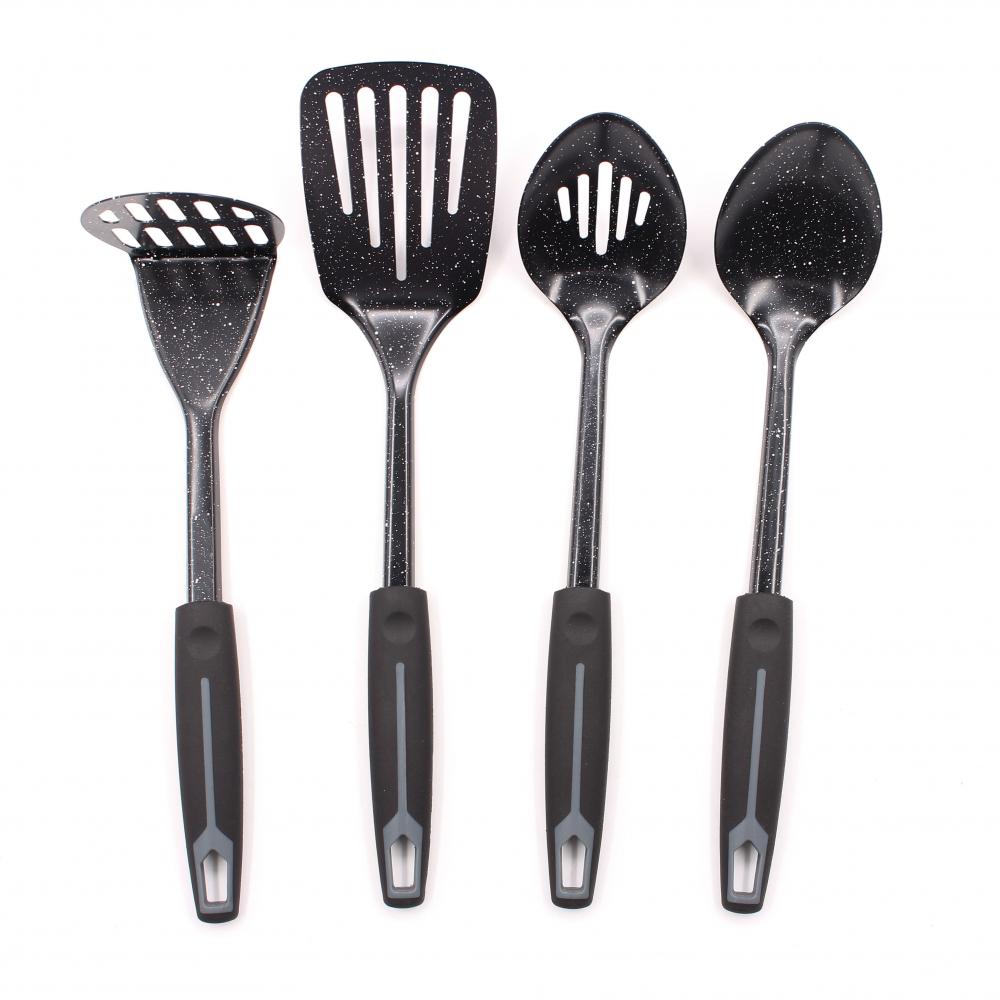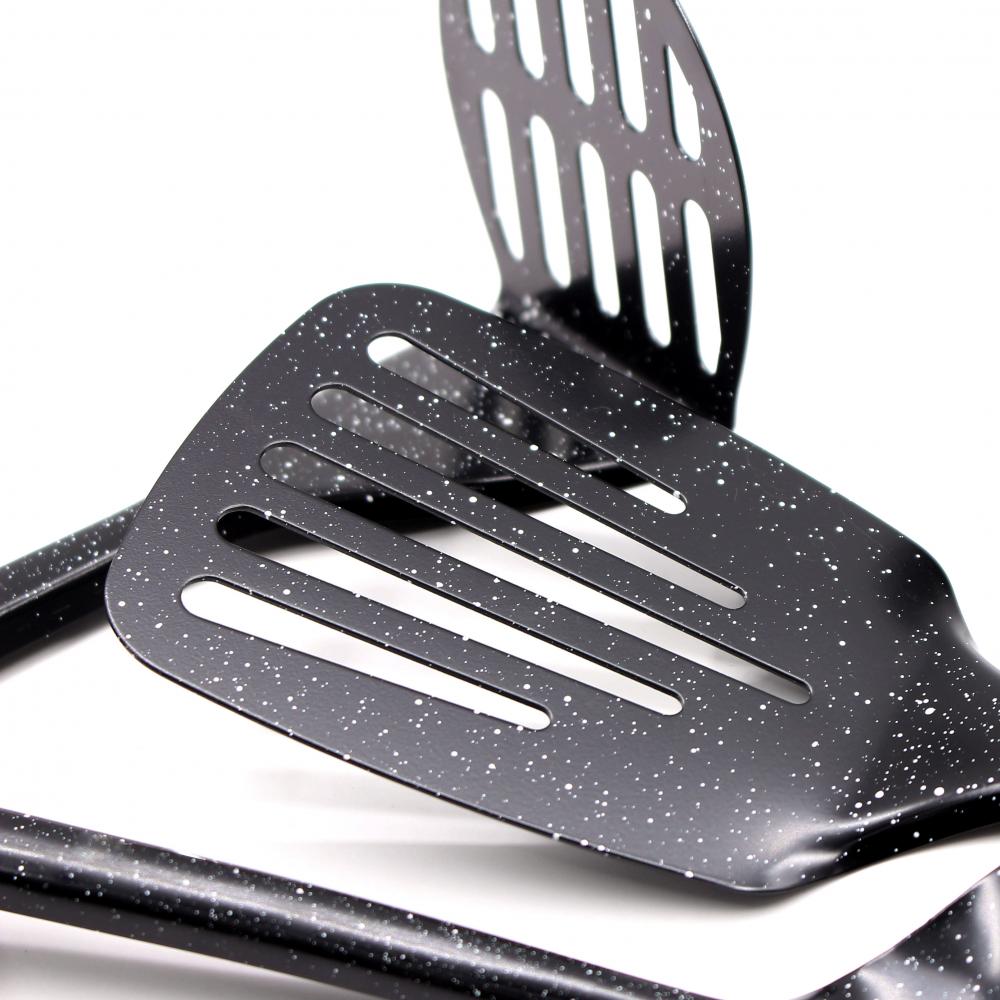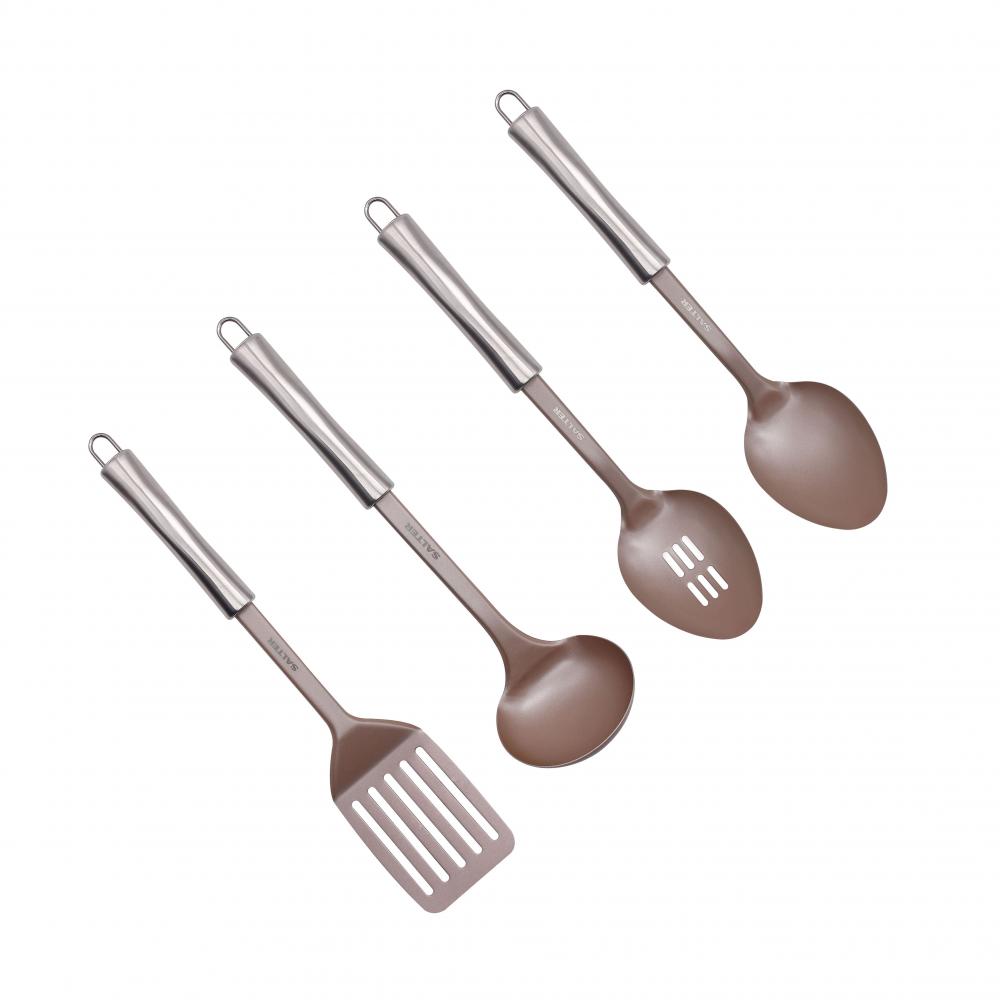1. The method and application of folding
Folding refers to the working process of folding printed books and single-page printed matter into a certain format according to the order of page numbers. When starting the process design of publications, we must first determine the folding method of the publication. When designing the folding method, the format of the publication, the number of pages, printing and binding equipment, etc. should be considered. Generally, the position and order of pictures and texts in books and periodicals are determined according to the rotation of the paper and the position of the creases during the folding process. The current folding methods can be divided into parallel folding, vertical folding, mixed folding, special folding, etc. as shown in Figure 3-1. Parallel folding method and special folding method (including core folding method, fan folding method, etc.) are mostly used for the design of folding long strips, such as advertisements, brochures, maps, tables and illustrations in stickers. The vertical folding method is the most commonly used folding method, which is mainly used for the design of inner pages of books and periodicals. The hybrid folding method is also called the comprehensive folding method, that is, in the same signature, there are both parallel folding and vertical folding. The hybrid folding method is suitable for book stickers in the form of 3 fold 6 pages or 3 fold 9 pages.
Figure attached 3-1 folding method
2. Method and application of imposition
Imposition refers to arranging the pages to be printed together in the order of page number according to their folding method, and the size is determined by the printing format and the size of the printing paper. Imposition can be divided into: imposition of parts and imposition of books and periodicals.
1. Imposition of parts
Fragmented parts occupy a heavier weight in the printed matter. For example, a print that requires a front and back printing format of 16K can be assembled into a double-sided version with front and back printing as shown in Figure 3-2. It can be assembled as shown in Figure 3-3, without the need to change the single-sided self-turning version of the mouth edge during printing.
Figure 3-2 Double-sided layout with front and back printing
Figure 3-3 Single-sided layout for self-turning printing
If it is a 16-page magazine cover, it can be assembled into a self-turning version in the following way during imposition. Its layout is shown in Figure 3-4.
Figure 3-4 Schematic diagram of self-turning version and its layout
If it is four folds, you can put together different layouts according to the paper. For example, as shown in Figures 3-5, a fan-folded booklet with a size of 100 × 185 × 4 folds. When using 787 × 1092 (mm) paper and printing in four-fold format, the layout method is as shown in the figure. The rollover version shown in 3-6. In this way, when printing and turning over, the gripper needs to be replaced, so when printing high-precision printed products, there are higher requirements for printing equipment and paper.
Figure 3-5 Schematic diagram of fan folding and typesetting
Figure 3-6 Schematic diagram of imposition method
2. Imposition of books and periodicals
Before imposition of books and magazines (magazines, albums, albums, etc.), you must first understand the format, number of pages, binding method (horseback binding, wire binding, wire binding or glue binding), printing color The number (monochrome, two-color or four-color), the thickness of the paper and the folding form (manual folding or machine folding) and other process elements can determine the method of imposition.
Proper choice of imposition method can not only make the imposition binding smooth, but also save costs and improve the quality of books and periodicals. In the printing process, the layout of book pages has specific rules to follow. Regardless of the page number, it needs to be arranged in a specific layout according to the rules before printing. There are certain rules between the number of folded pages (F) and the number of pages (L) and the number of layouts (A) and the number of printed sheets (I), that is, the first fold forms two pages and four page numbers, and the second fold forms four pages of 8 The number of pages ... The relationship between the number of folds, the number of pages and the layout is shown in Table 4-1.
Table Attachment 3-1 The relationship between fold number, page number and layout
The formula can be expressed as:
L = I × 2F
A = 2L = I × 2F + 1
Although there are many binding methods at present, there are only two ways to arrange the number of imposition pages:
(1) Folding and binding methods are nested:
The nesting pattern is shown in Figure 3-7, which is mainly used for saddle stitching. For example, a book has 64 page numbers, each post is 16 page numbers (that is, 64P per post 16P), the use of saddle stitching, folding, binding is nested, the imposition method is shown in Figure 3-8.
Figure attached 3-7 The method of folding and binding as sleeve type
Figure attached 3-8 Example of nested imposition
(2) Folding and binding methods are arranged in rows:
The layout type is shown in Figure 3-9, which is mainly used for plastic and wire bonding processes. For example, the book with 64 page numbers in the above example, each post is 16 page numbers (that is, 64P per post 16P), using glue binding, folding and binding are arranged in a row, the imposition method is shown in Figure 3-10.
Figure attached 3-9 Folding and binding method
Figure 3-10 Example of layout layout
Our non-stick Kitchen Utensil Set are made from the highest quality materials . FDA-approved Food grade is safe to use for any type of food - the Kitchen Utensil Set does not react with food or beverages, or produce any hazardous fumes . Best Kitchen Tools.The set includes flex spatula, soup ladle,serving spoons pasta server, spatula turner , tongs , stage whisk ,etc.




Non-Stick Utensils,Non Stick Cooking Utensils,Non Stick Kitchen Utensils,Utensils For Nonstick Cookware
Yangjiang Winfore Industrial Co., Ltd , https://www.winforekitchenware.com